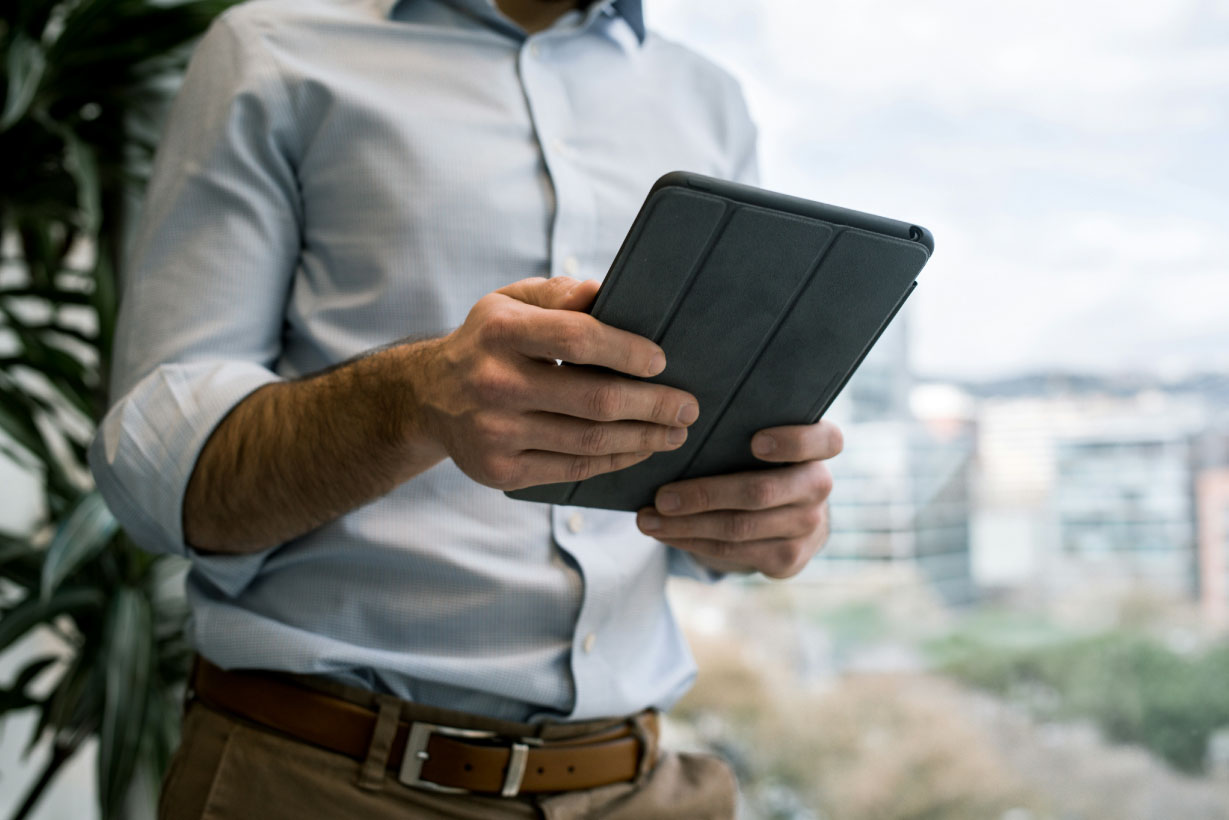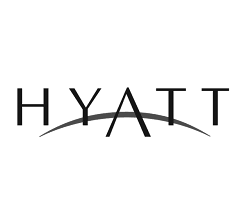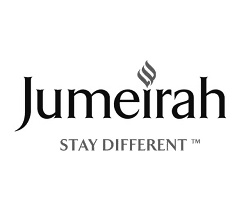How to use technology to personalise guest experience (without losing the human touch)
Personalisation has become a buzzword in hospitality, but in practice, it’s still a struggle for many hotels. Guests expect tailored, smooth experiences and operators are under pressure to deliver, without adding friction or losing the warmth that defines great service.
Technology can help or hinder, depending on how it’s used.
Too much automation can feel cold. Too little can leave your team overstretched and missing out on opportunities to make guests feel genuinely seen. The smartest hotels are using tech not to replace the human touch, but to enhance it. From remembering guest preferences to streamlining check-in, the goal isn’t simply convenience, it’s connection.
Key takeaways
- – Make tech invisible by fixing your infrastructure first.
- – Let automation handle the routine so staff can shine.
- – Choose smart room features that feel thoughtful, not gimmicky.
- – Collect and use guest data with care, clarity and consent.
Why does personalisation matter?
Recent research shows that 88% of consumers are likely to recommend a hotel or restaurant that offers tailored guest experiences. And 74% of guests say they would be more likely to rebook a hotel if they had a positive digital experience.
As the technology to offer personalised service becomes more effective and widely adopted, the hotels that aren’t doing it will get left behind.
But it’s not as simple as plugging in some fancy AI tools to your CRM. Personalisation done well makes guests feel like VIPs. Done badly, it feels robotic.
So how do you strike the right balance? How do you use smart tech to elevate the guest experience without making it feel cold?
Here’s how leading hotels are pulling it off – and how you can too.
Make tech invisible
The best tech works quietly in the background, removing friction and freeing up your team to have great conversations with guests, be attentive to their needs, and solve problems before they escalate.
What does that look like?
- – Guests check in via mobile, skip the desk queue, and head straight to their room
- – Smart systems remember their preferences, like room temperature, pillow type, food allergies
- – Your team gets alerts, insights, and triggers that help them anticipate needs without guesswork
What to do👇
Start with infrastructure. A mobile app won’t fix a patchy Wi-Fi connection or slow backend system. If your network isn’t up to scratch, even the fanciest guest-facing tools will fail.
Let automation do the heavy lifting
Your team shouldn’t be spending time tracking down toothbrushes or booking taxis. That’s what AI-powered digital concierges are for. Identify which areas of your operations can be simplified and made more efficient with AI tools, rather than applying them across all areas.
These tools can:
- – Instantly handle routine guest requests
- – Rationalise housekeeping staff routes to maximise cleaning time
- – Optimise team rotas and workflows to handle busy times and reduce overstaffing
What to do👇
Use automation to handle the predictable, repeatable stuff and to make efficiency decisions in key areas. Then train your staff to shine in the moments that matter, like spotting a returning guest, helping with a last-minute surprise, or interacting with guests who prefer to speak in person.
Build rooms that think
Smart rooms don’t need to be over-the-top. They just need to feel thoughtful.
What does that look like?
- – Lights that dim automatically in the evening
- – Curtains that open gently in the morning
- – Climate controls that adjust based on guest preference
It’s not about gadgets. It’s about comfort.
What to do👇
Choose smart features that make life easier, not harder. Guests shouldn’t need a user manual to turn on the lights. And if you’re rolling out IoT tech, make sure your network is ready to handle it without lagging.

Give your app a personality
Your hotel app isn’t just a tool. It’s an extension of your brand.
Does it sound like you? Is it helpful, friendly, and intuitive? Or does it feel like a generic, bolted-on bit of software?
When done right, a branded mobile concierge app can:
- – Help guests make the most of their stay
- – Reduce call volume to front desk
- – Drive ancillary revenue through personalised offers
What to do👇
Treat your app like a digital host. Use tone, visuals, and content that reflect your guest experience. And don’t forget to integrate it with your PMS, CRM and other core systems so it works smoothly behind the scenes.
Make data feel like a service, not surveillance
Today’s guests are smart. They know you’re collecting data, and they’re okay with it if it makes their stay better. But the line between helpful and intrusive is thin.
The key is transparency and control.
Give guests a reason to share their preferences, and show them how it improves their experience. And above all, protect their data like it’s your own.
Why it matters:
Many people are uncomfortable with AI-driven data collection, and breaches or cyber attacks can be hugely damaging – financially and for your reputation.
What to do👇
Be clear about what you collect, why you collect it, and how you use it. Stick to GDPR and other privacy frameworks. Make opt-outs easy. Build trust with every interaction.
Get your tech working to elevate guest experience
Technology should feel like a service, not a system. Used well, it helps your team deliver the kind of thoughtful, anticipatory hospitality that makes guests feel seen, not processed. It doesn’t replace your people, it helps them do the most important work, better.
So, before you roll out another app or AI tool, identify the areas where it makes sense to use machines to drive efficiency. Then make sure your network systems are robust and secure enough to support it. There’s nothing premium about personalisation that frustrates guests or ties your team to solving IT issues instead of delivering great service.
Because in hospitality, how you make people feel will always matter most.
Want to explore how technology can help you cut costs and keep guests happy? Talk to our team.









